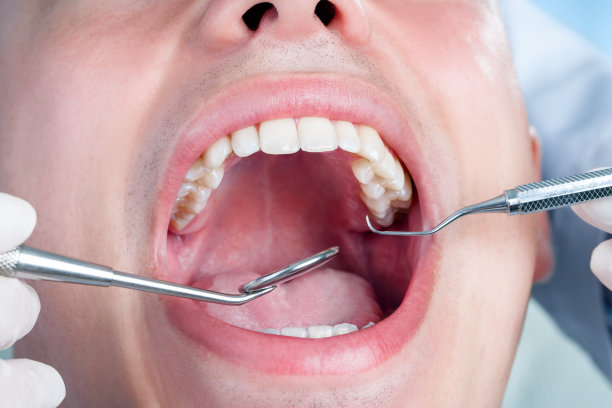The Process and Importance of Extracting a Tooth for Better Oral Health and Overall Wellbeing
Summary: Tooth extraction is a dental procedure that, while often viewed with apprehension, plays a crucial role in maintaining oral health and promoting overall wellbeing. This article delves into the process and importance of tooth extraction in four key areas: the reasons for extraction, the step-by-step process involved, the significant health benefits following extraction, and the recovery timeline. Through understanding these aspects, patients can make informed decisions regarding their dental care. Ultimately, the timely extraction of problematic teeth can lead to improved oral hygiene, decreased pain, and enhanced quality of life.
1. Reasons for Tooth Extraction Explained

Tooth extraction can be necessary for a variety of reasons, primarily focusing on the health of the individual. One common reason is the presence of severe tooth decay that compromises the integrity of the tooth. When a tooth is extensively decayed, it may affect surrounding teeth and gum health, necessitating its removal to prevent further complications.
Another reason for extraction is crowding. In orthodontic care, sometimes a tooth must be removed to create space for properly aligning remaining teeth. This method ensures that the overall dental structure is sound and can lead to better results through treatment.
The need for extraction can also arise from periodontal disease, where the supporting structures of the teeth weaken significantly. For those suffering from advanced gum disease, extracting teeth can prevent infection from spreading to surrounding tissues and is often essential for the patients overall health oversight.
2. The Tooth Extraction Process Detailed
The tooth extraction process begins with a comprehensive evaluation by a dental professional. This involves X-rays to assess the tooth鈥檚 condition, its roots, and the surrounding bone structure. The dentist will then discuss the best approach, either a simple extraction of an accessible tooth or a surgical extraction for a tooth beneath the gum line.
Once the decision is made, the next step is administering anesthesia to ensure the patient鈥檚 comfort throughout the procedure. Local anesthesia is common for simple extractions, while sedation options may be available for patients opting for surgery, easing anxiety and discomfort.
Finally, the dentist will carefully remove the tooth. This may involve loosening it with tools and, if necessary, sectioning the tooth for easier removal. Post-extraction, the dentist will provide instructions on care and may schedule follow-up appointments to ensure proper healing.
3. Health Benefits Following Extraction
Removing a problematic tooth can lead to significant health benefits. One of the most apparent advantages is pain relief. Teeth that are decayed or infected can cause chronic discomfort, and extraction often alleviates this pain almost immediately, allowing patients to lead a more comfortable life.
Furthermore, extracting a problematic tooth can improve oral hygiene. In some cases, damaged teeth can harbor bacteria that contribute to plaque buildup and gum disease. By removing these teeth, patients can maintain better oral hygiene and reduce the risk of further dental issues.
Lastly, tooth extraction can contribute to enhanced functionality. In cases of overcrowding, removing one or more teeth can allow for better alignment, facilitating easier chewing and reducing strain on the jaw joint, ultimately leading to improved overall oral function.
4. Recovery Timeline After Tooth Extraction
The recovery timeline after a tooth extraction can vary depending on the complexity of the procedure and the individual鈥檚 health. Generally, the initial healing period lasts about 1-2 weeks post-extraction, with swelling and discomfort gradually subsiding.
During this healing period, following the dentists postoperative care instructions is crucial. This often includes pain management strategies, dietary modifications, and maintaining oral hygiene while avoiding the extraction site.
While complete healing of the bone and tissue may take several months, most patients can return to their normal activities within a few days. Regular follow-up visits will enable the dentist to monitor recovery, ensuring all is proceeding well, and to address any concerns that may arise.
In summary, tooth extraction is a vital component of dental health that should not be taken lightly. Understanding the reasons for extraction, the procedure itself, the associated health benefits, and the expected recovery timeline empowers patients to approach dental care with confidence. By addressing problematic teeth as needed, individuals can significantly enhance their oral health and overall quality of life.
This article is compiled by Vickong Dental and the content is for reference only



